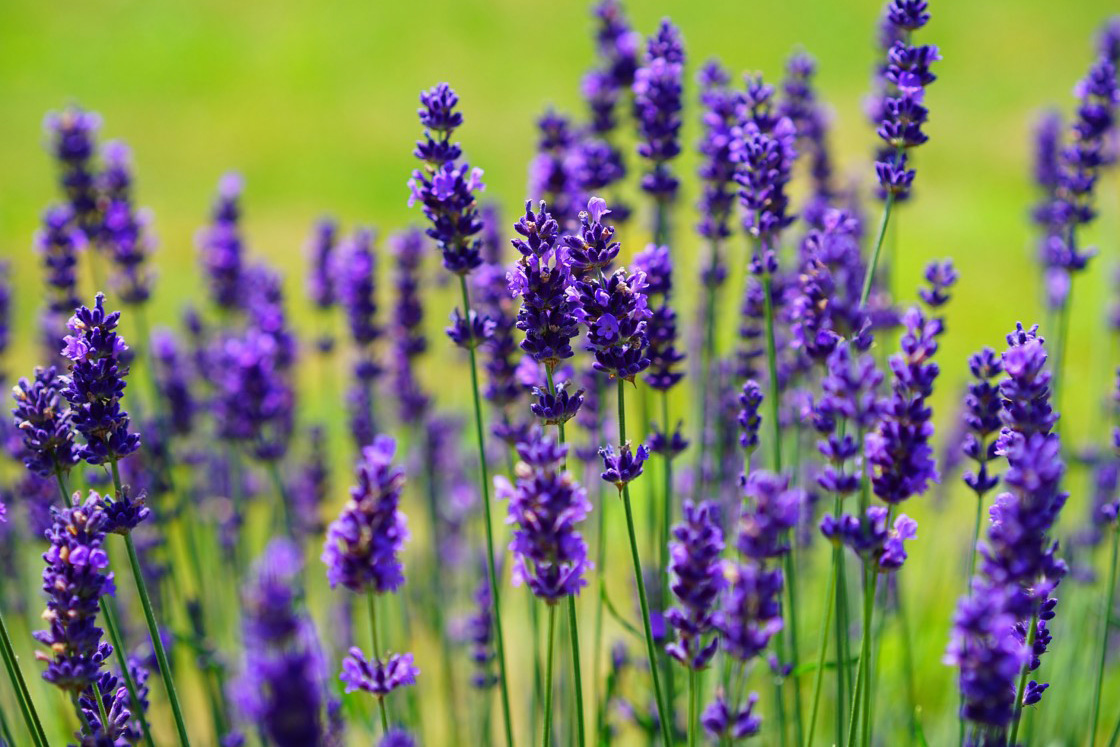The Best Cherry Blossom for Spring


We love our lavender, especially in our low maintenance planting layouts. When the time comes to put them under control, we have some advice for you below.
Lavender is simply charming. The fragrance is incredibly nostalgic for most people and the bees and butterflies love it too. It is a low maintenance shrub, but that doesn’t mean it doesn’t require a little attention. With all the advice around, it can be difficult to understand how it’s best to keep your lavender under control.
Lavenders require a little more than a simple deadhead. Over time, they can grow leggy and woody if left too long before pruning. This can also happen with age and there will be a time where your lavender will just need replacing.
In order to keep a compact moulded shape, the best time to prune is after flowering in late August. That said, lavender is forgiving if you get the timings slightly out.
The one thing that lavender won’t respond to well is cutting it back to old wood.
Some shoots may form at the base, but it isn’t a risk worth taking. Lavender will flower on stems that have grown in the current season and it’s very easy to see the current year’s growth. The new growth on French lavender will be greener in colour and be fairly flexible in the stem, older growth beneath it will be greyer in colour.
On established plants the aim of pruning would be to remove flower stalks and about 2.5 cm (1 inch) of the current year’s growth. Use secateurs to do this, ensuring that some green growth remains for future spring growth.
Then stretch out and give yourself a pat on the back for a job well done!
Get the outdoor space you’ve been dreaming of. Book your free call-back consultation with Claire today.